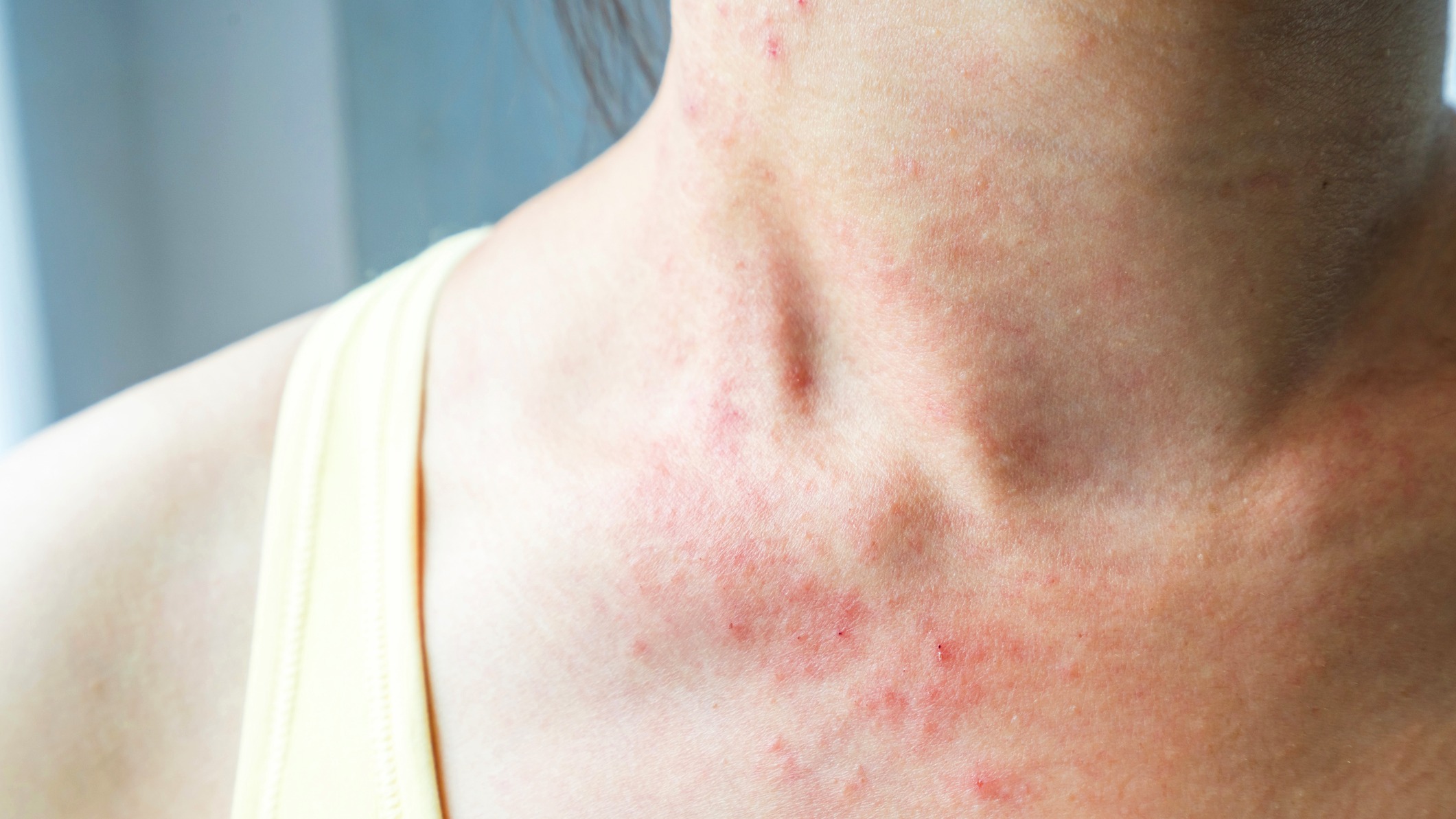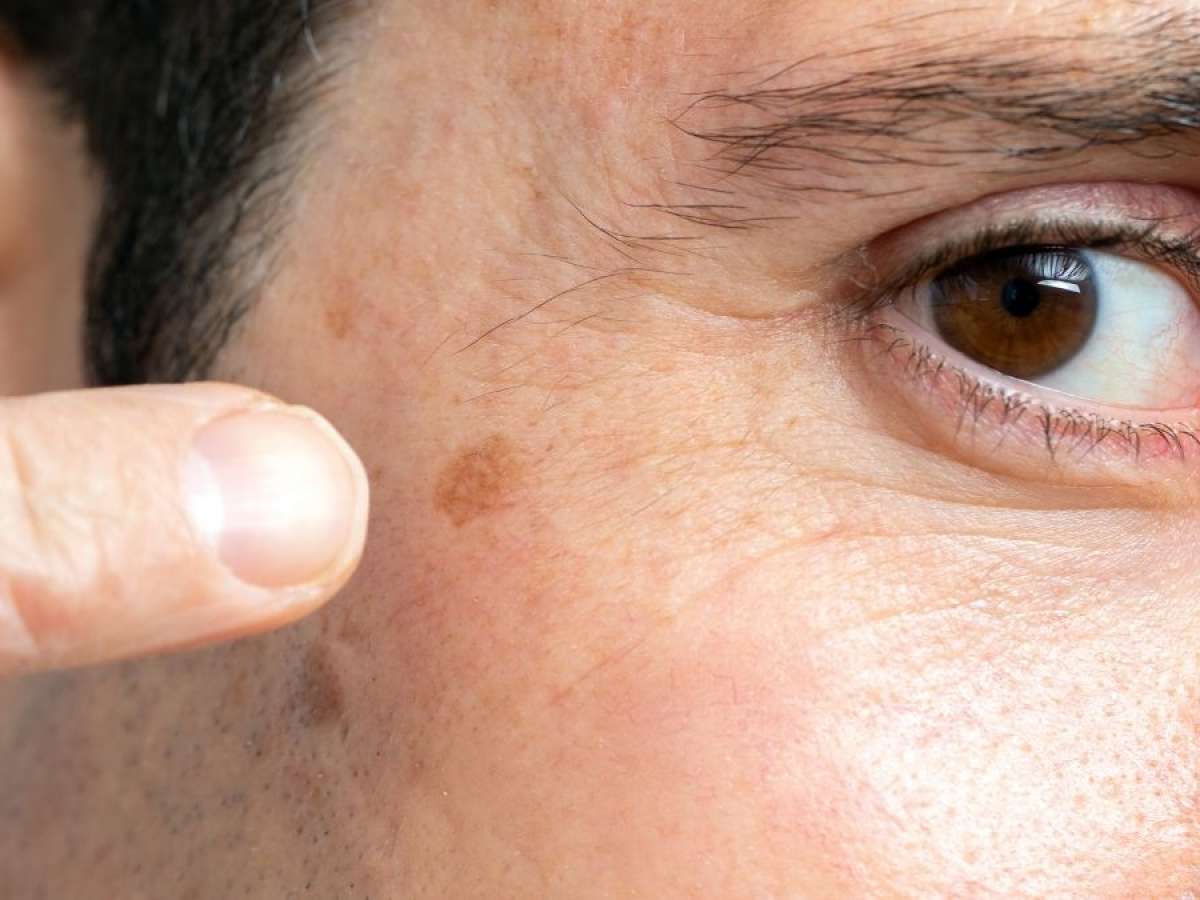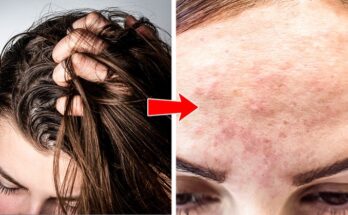
SB.. Skin Signals for Serious Illness Diagnosis
Our skin often serves as a mirror to our internal health. While cosmetic concerns like acne or dryness are common, there are other skin signals that can point to more serious underlying health conditions. Recognizing these signs early can lead to more timely treatments and improved health outcomes.
This article will explore how certain skin changes can serve as early warning signs for conditions that require medical attention. All information provided here is intended for educational purposes only, and we strongly recommend consulting a healthcare provider for a proper diagnosis and treatment.
1. Dark Spots on the Skin: A Potential Sign of Addison’s Disease
Unexpected dark spots or patches on the skin, especially in areas exposed to sunlight, could be a sign of Addison’s disease, also known as adrenal insufficiency. This condition occurs when the adrenal glands do not produce enough of certain hormones, leading to skin hyperpigmentation. Darkening of the skin typically appears on scars, skin folds, and the inside of the mouth.
Other symptoms of Addison’s disease may include muscle or joint pain, fatigue, loss of appetite, low blood pressure, and low blood sugar. If you experience these symptoms alongside skin changes, it is important to consult with a healthcare provider immediately for proper evaluation and management.
Source: National Institutes of Health (NIH) – Addison’s Disease
2. Discoloration and White Patches: Could It Be Vitiligo?
If you notice white patches or areas of skin that lose pigment, it could be a sign of vitiligo, a condition where melanocytes, the cells responsible for producing pigment, stop working. Vitiligo is a skin disorder that causes loss of skin color in patches, and it can affect any area of the body, including the face, hands, and even the eyes.
While vitiligo is not a life-threatening condition, it can lead to emotional distress due to cosmetic concerns. Endocrinologists and dermatologists are best suited to provide a diagnosis and recommend treatment options such as topical medications or light therapy.
Source: American Academy of Dermatology – Vitiligo

3. Rashes: A Warning Sign of Serious Health Issues
Persistent or severe rashes can signal a range of underlying health problems. Rashes may be caused by allergic reactions, infections, or autoimmune disorders. Some rashes, such as those seen in Stevens-Johnson syndrome or Lyell’s syndrome, can be life-threatening.
Infections like chickenpox or measles can also present with a rash, and adults who contract chickenpox should seek immediate medical attention, as it can cause more severe complications in adulthood. If the rash does not improve or worsens over time, or if it is accompanied by fever or pain, seek medical advice.
Source: CDC – Rash and Skin Conditions
4. Edema: Could It Be Hypothyroidism?
Edema, or swelling, often occurs in the feet, ankles, or legs and can be caused by a range of factors, including poor circulation or kidney problems. However, hypothyroidism, a condition where the thyroid gland does not produce enough hormones, can also lead to edema.
If you notice swelling along with symptoms such as dry skin, hair loss, weight gain, or fatigue, it may be an indication of hypothyroidism. A blood test to measure thyroid hormone levels is a common diagnostic tool used to confirm this condition.
Source: American Thyroid Association – Hypothyroidism

5. Moles: Watch for Changes in Size or Appearance
The appearance of new moles is not uncommon, as they can develop due to genetic factors or sun exposure. However, moles that change in size, shape, or color over time could be a warning sign of melanoma, a type of skin cancer.
Key warning signs include moles that:
- Become asymmetrical or have uneven borders
- Change color (especially to darker shades)
- Grow larger or develop itching, bleeding, or crusting
If you notice any of these changes, it’s essential to consult a dermatologist for an evaluation. Early detection and treatment of melanoma significantly increase the chances of successful treatment.
Source: American Cancer Society – Skin Cancer
6. Acne: Not Just Teenagers’ Skin Problem
While acne is often associated with adolescence, it can persist into adulthood, particularly in women. Acne may be triggered by hormonal imbalances, stress, or dietary issues. However, when acne is severe or persistent, it can be a sign of underlying conditions like polycystic ovary syndrome (PCOS) or digestive problems.
If your acne is severe and doesn’t improve with over-the-counter treatments, consulting a dermatologist is essential. They can recommend a personalized treatment plan, which may include topical treatments, oral medications, or laser therapy.
Source: Mayo Clinic – Acne

7. Flaking Skin: Could It Be a Sign of Nutrient Deficiency?
Flaking skin can often be attributed to dry skin caused by the environment or seasonal changes. However, persistent flakiness may indicate a vitamin deficiency, particularly in Vitamin D, Vitamin B12, or zinc. Hormonal imbalances, allergic reactions, or certain autoimmune diseases such as psoriasis can also cause skin flaking.
If you notice that your skin is excessively dry and flaky, or if these symptoms are accompanied by fatigue or weight changes, it’s essential to see a healthcare provider for a full evaluation.
Source: National Institutes of Health (NIH) – Vitamin Deficiency

8. Excessive Sweating: A Possible Sign of Graves’ Disease
Excessive sweating, particularly if you experience it during normal, everyday activities, could be a symptom of Graves’ disease, an autoimmune disorder that affects the thyroid. Graves’ disease causes hyperthyroidism, where the thyroid produces too much hormone, leading to symptoms like increased sweating, rapid heartbeat, and unexplained weight loss.
If you experience excessive sweating along with other symptoms of hyperthyroidism, it is important to consult an endocrinologist for a proper diagnosis. Blood tests measuring thyroid hormone levels can help confirm the diagnosis.
Source: American Thyroid Association – Graves’ Disease
Conclusion: Pay Attention to Skin Signals
Your skin can serve as a window into your overall health. Recognizing changes, such as dark spots, rashes, or unexplained swelling, can provide early clues to underlying medical conditions that might require treatment. While some skin issues may be harmless and temporary, others may indicate serious health concerns that require professional care.
Always seek the advice of a healthcare provider if you notice persistent or unusual changes in your skin, especially if they are accompanied by other symptoms. Early detection and intervention can lead to better health outcomes and a more comprehensive approach to your care.
Verified Sources:
- Mayo Clinic – Skin Conditions
- American Cancer Society – Skin Cancer
- American Thyroid Association – Hypothyroidism
- National Institutes of Health (NIH) – Vitamin Deficiency
- Cleveland Clinic – Graves’ Disease





